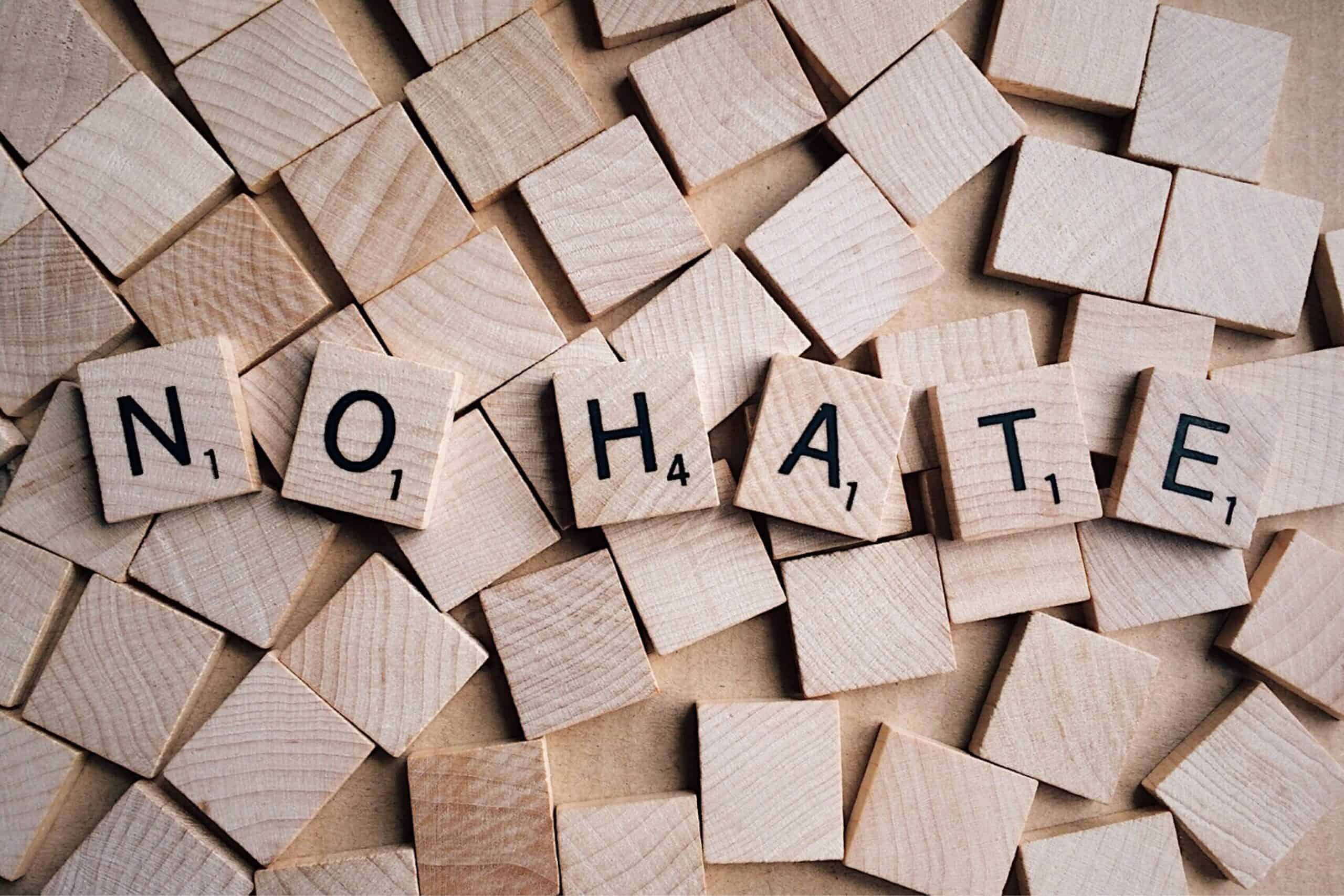The motivation behind hate crimes & incidents
Online session provides resources for education & reporting
Understanding why hate can motivate people to commit crimes or incidents is a complex issue.
The Resiliency Project, a collaboration between the City of Edmonton, Edmonton Police Service, and the Organization for the Prevention of Violence, hosted a free online “Understanding and Reporting Hate Crimes and Hate Incidents” awareness session on Sept. 29. Community leaders struggling with occurrences that may be motivated by hate are strongly advised to attend future sessions.
Renée Vaugeois, executive director of Alberta Hate Crimes Committee (AHCC), says, “Indigenous people tend not to report when hate happens to them.” The AHCC claims only 1 in 10 crimes motivated by hate are reported.
There were 119 validated reports to the online self-documenting tool StophateAB.ca between February 2017 and March 2019. These included derogatory slurs, hateful material, vandalism, graffiti, threats, and other incidents. The most common motive is race or ethnicity. Reporting crime or acts of hate will help support the outreach and education initiatives of the AHCC.
Incidents or crimes motivated by hate occur because of someone’s hate, prejudice, or bias against race, national or ethnic origin, language, skin colour, religion, gender, age, disability, sexual orientation, or any other similar factor.
To help end this injustice, ensure your kids’ schools tap into the “Hate Hurts” diversity and anti-hate/bias education program designed for junior and senior high school students. The program provides tools to support an environment that addresses hate, bias, and discrimination and fosters safe spaces.
Communities can access a resource toolkit called Beyond Hate. It helps identify hate, illustrates existing laws to address hate, and aid community response through action, education, prevention, and partnership.
When a hate crime happens, both the victim and the community are impacted. AHCC literature states, “Hate crimes are more than just an individual crime, they are message crimes.” This means the perpetrators are sending a message like, “you don’t belong.” Victims experience shock, disbelief, PTSD, and more. Families often feel powerless.
In the community, it creates unrest and fear. Incidents can escalate and lead to retaliation. If there is no justice and the offender drives the victim to retaliate, then the victim becomes the criminal/offender. When this occurs, the tragedy is that the original victim, driven to retaliate, is now criminalized.
Ignoring incidents can lead to normalization and under-reporting. Vaugeois says, “We worked with the Peacemakers Program to create spaces to have the hard conversations to find remedies using dialogue to shift things.” There are many more impacts. Visit the AHCC website to gain a broader understanding. AHCC also offers restorative justice circles with individuals or communities impacted by hate.
Want to become more informed or need help? Follow @ABHateCrime on Twitter or FB: ABHateCrime or self-report to StopHateAB.ca. Or, call toll-free 1.888.476.8082, email ahcc@albertahtecrime.org, or visit AlbertahateCrimes.org.
Restorative justice circles and information sessions are important. Albertans must understand there is a significant need to document crimes and incidents spurred by hate. Without accurate records of how often it happens, there is reduced action to prevent it, and victims think, “Why bother?”
Protect your neighbourhood by reporting, witnessing, and becoming informed.
Featured Image: Hate crimes and incidents hurt both the victim and the community. | Image by Wokandapix from Pixabay







